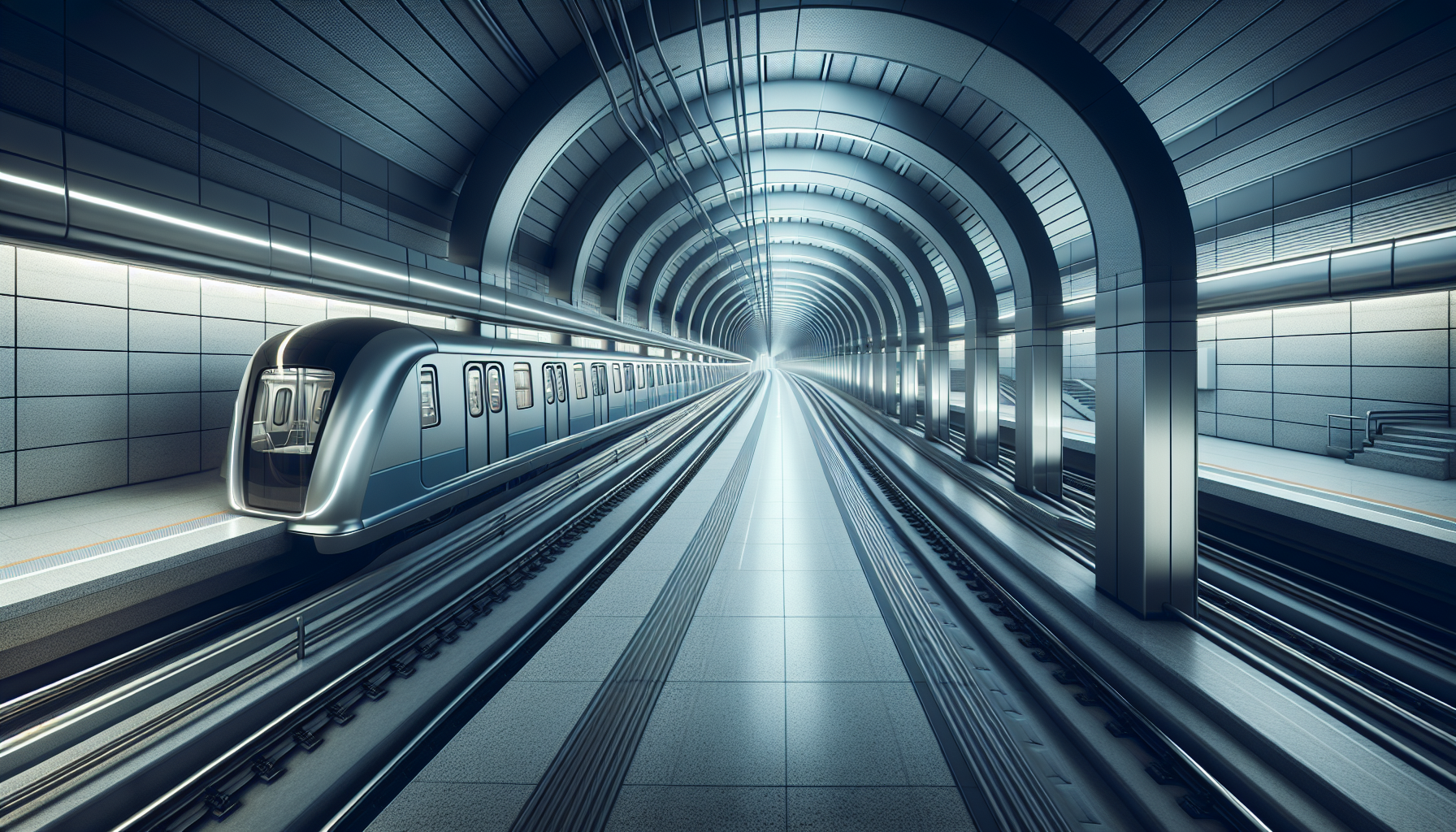Subways were conceived to combat the congestion caused by surface-level transport. They provide an expedient means of travel for millions of individuals daily, whisking passengers from one corner of the city to the other in a fraction of the time it would take by car.
The labyrinthine design of subway systems, while initially intimidating, is fundamentally logical and easy to navigate.
Their layout is typically color-coded and numbered, with each line representing a distinct route that crisscrosses the city.
Lines often intersect at central hubs, allowing passengers to transfer seamlessly from one to another.
Understanding the subway map is the first step towards mastery.
These maps are universally designed to be user-friendly, with clear, bold colors representing different lines. Key landmarks and popular destinations are usually highlighted, making it easier to locate your stop.
Digital advancements have further simplified subway navigation. Mobile apps are available for most subway systems, providing real-time updates on train schedules, delays, and often even suggesting the quickest route to your destination.
Using the subway is not just about getting from point A to B. It’s also an affordable way to explore the city from a unique perspective. Subways offer a glimpse into the city’s soul, revealing a microcosm of its culture and diversity. Musicians performing impromptu concerts, artists sketching quick portraits, and vendors selling local delicacies – it’s all a part of the subway experience.

Subway etiquette is crucial to ensuring a pleasant journey for all. Commuters should stand to the right on escalators to allow others to pass, avoid blocking doors, and offer seats to those who need them more. Noise should be kept to a minimum to respect the personal space of fellow passengers.
Subways are more than just a transport system – they are a testament to human ingenuity and the desire for progress. They symbolize our capacity to overcome geographical constraints and facilitate the swift, efficient movement of people.
With cities becoming more congested, the role of subways is set to become even more crucial.
They’re not just a solution for today’s transport challenges, but a scalable model for the cities of tomorrow.
As advancements in technology continue to redefine the limits of what’s possible, the subway systems of the future are set to be smarter, faster, and more efficient.
So next time you’re in a new city, don’t shy away from trying out the subway.
It might be a little daunting at first, but with a little practice, you’ll soon be navigating the underground like a local. Remember, every journey is an adventure, and the subway is your ticket to the heart of the city.